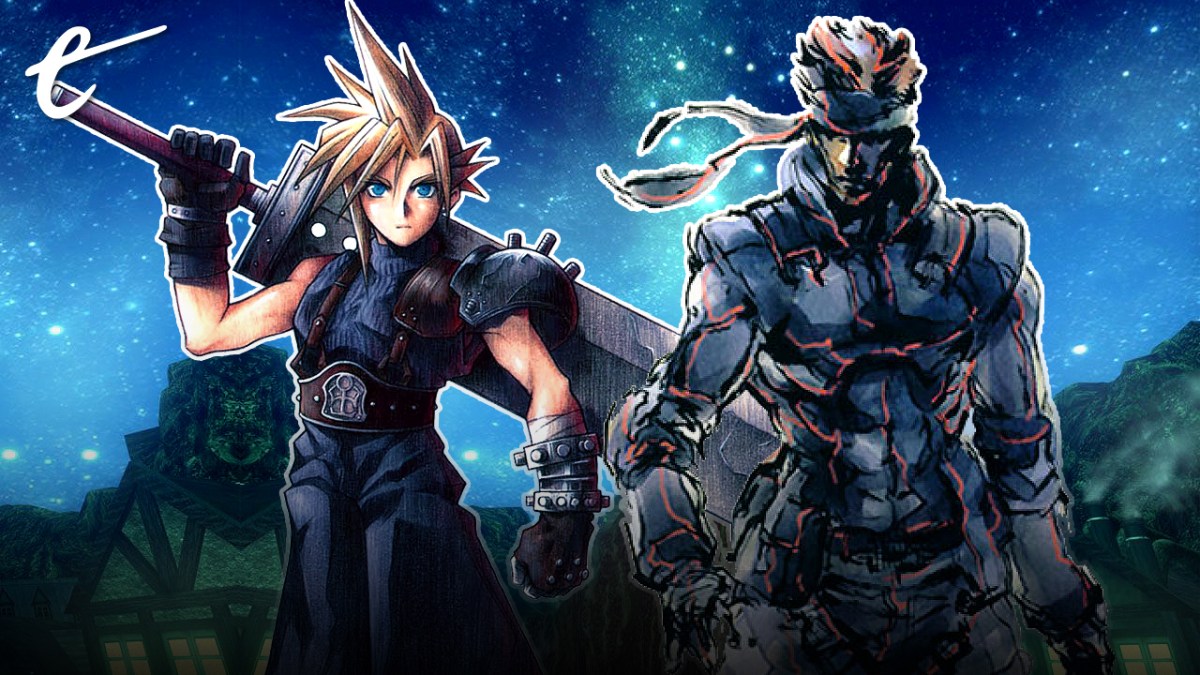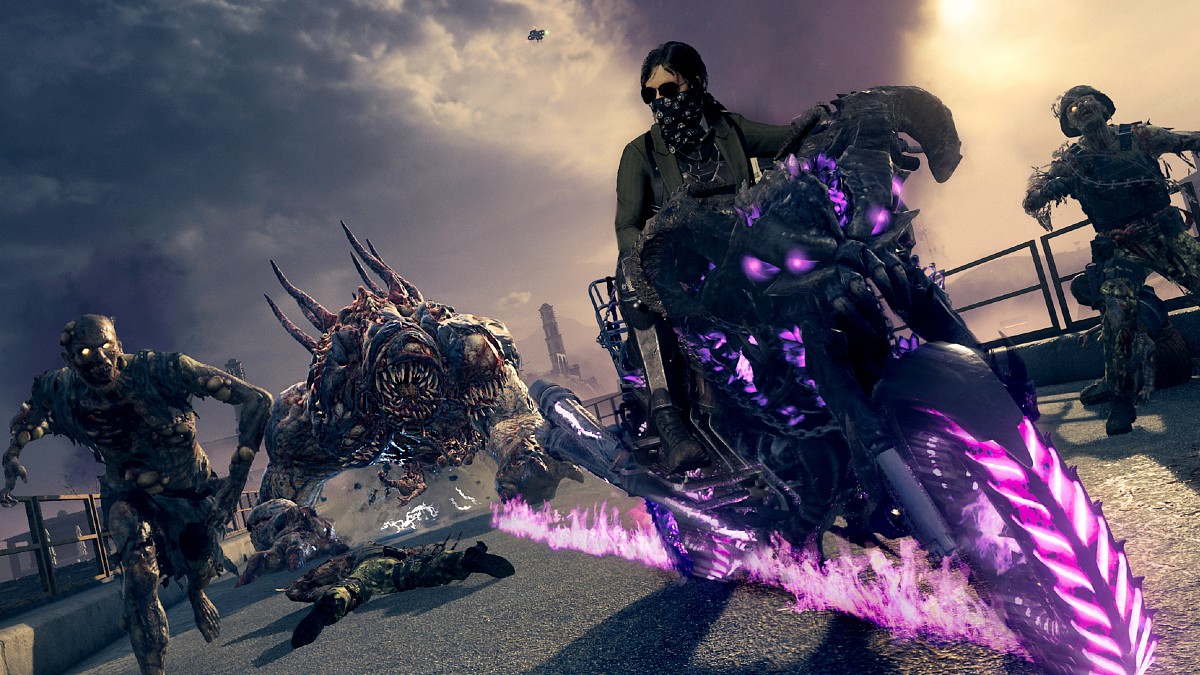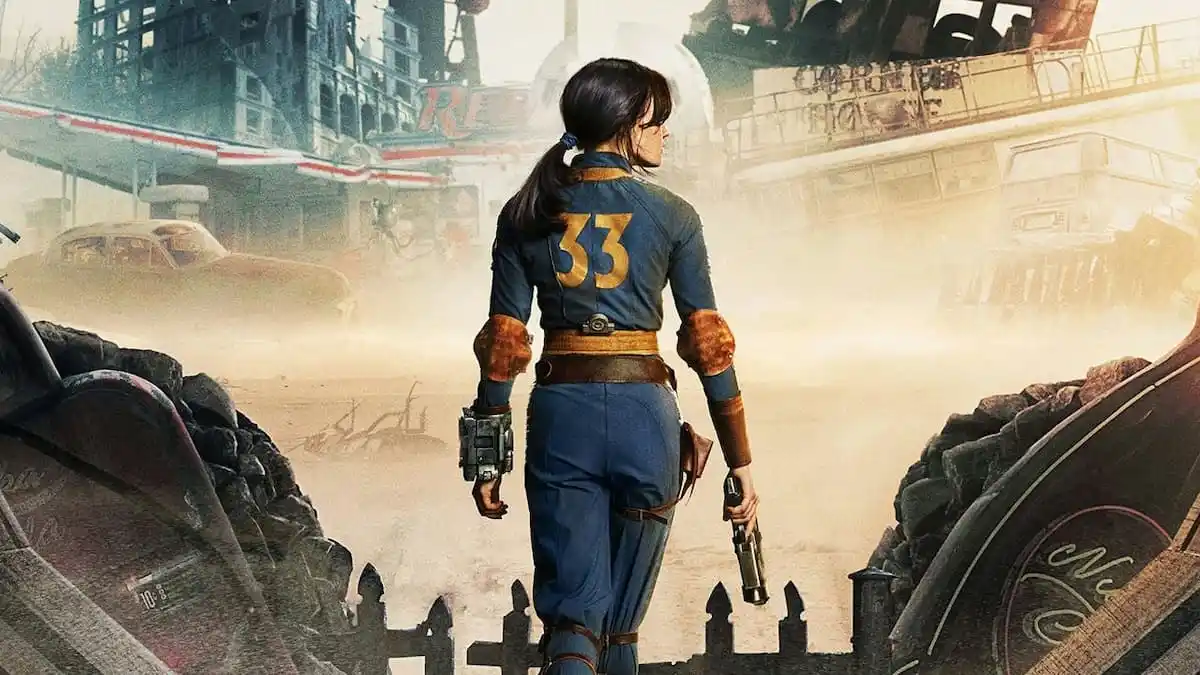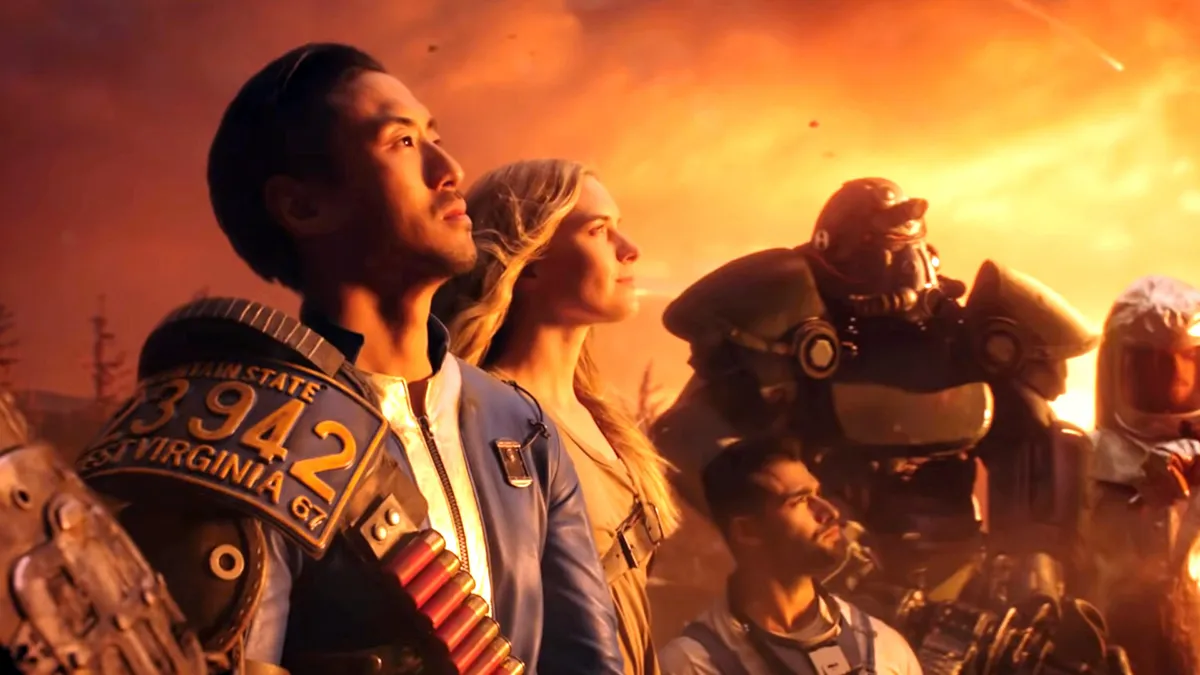As a kid who grew up in the ’90s devouring games on SNES cartridges like Chrono Trigger, EarthBound, and The Legend of Zelda: A Link to the Past, there was something new and exciting about moving into the PlayStation era and seeing games that were so expansive that their stories couldn’t be contained on a single piece of physical media, but instead had to be spread across several discs.
If you were about to play one of these games, chances are that meant you were in for an adventure that pushed the boundaries of FMVs, music, spoken dialogue, and more. It might seem gimmicky now, but at the time, there was a palpable excitement when I brought home a new game that housed several discs inside of its double-sized jewel case.
When I look back at some of my favorite games of this era, many of the key moments that remain wedged in my memory are from the instances where the adventure hit a point where the game itself told me that I had to physically get up off my seat, move to the console, and swap out discs in order to see what would happen next. When placed correctly, these moments acted as an intermission. A chance for you to catch your breath, reflect on the progress you’ve made so far, and prepare for the journey that lies ahead.
The first that comes to mind for me, and I imagine a lot of folks, is the transition to the second disc in Final Fantasy VII. After the shock of witnessing Sephiroth murder Aerith, Cloud watches the Flower Girl sink beneath the water and vows to his friends that they’ll avenge her death and retrieve the Black Materia. It’s here at this emotional crescendo that the screen fades to black, and we see the words “End of Part 1.”
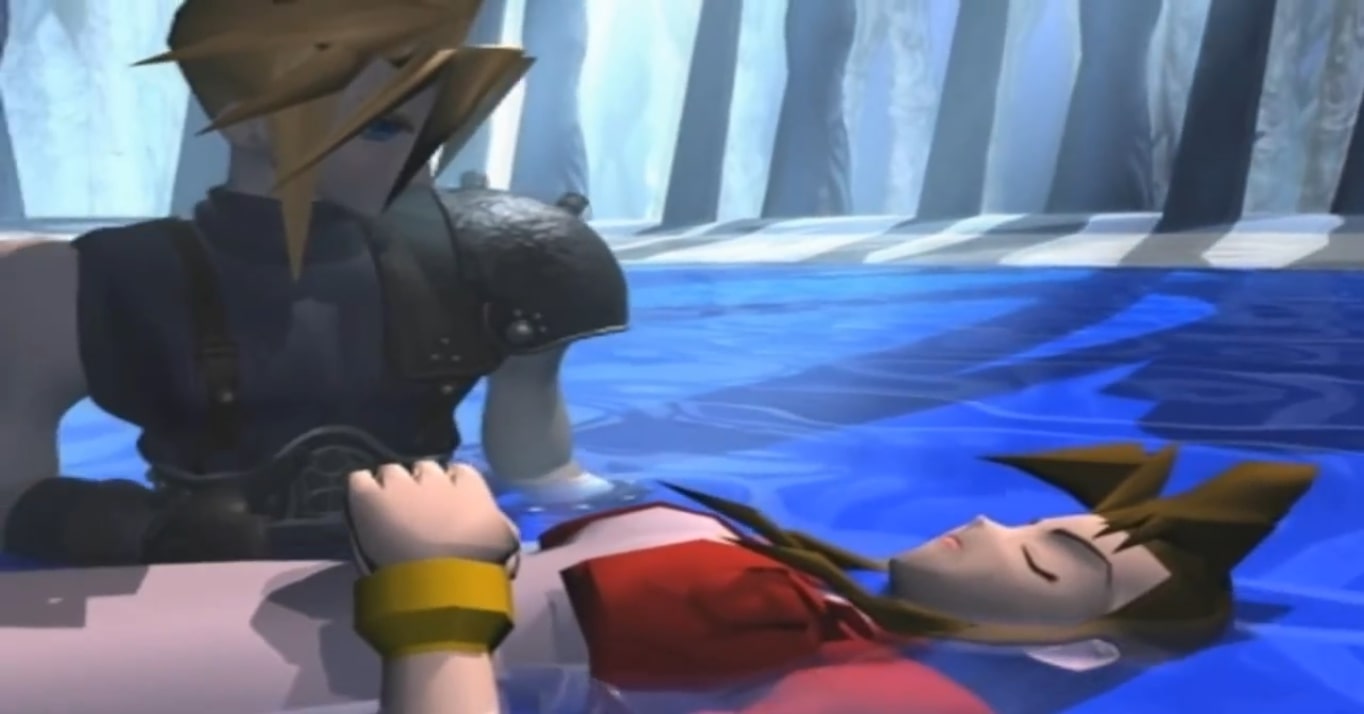
In Metal Gear Solid, this moment occurs about two-thirds of the way through the story, after your second encounter with Sniper Wolf. Having finally bested the expert marksman on the open snowfields, she delivers a classic Kojima soliloquy before dying, though at this early point in the franchise, having your adversary humanized in this way was still a novel concept.
Otacon does what he does best and cries over the loss of his one true love of the moment, and upon making your way out of this area, you’re hit with a title card that’s similar to what you see when you fail the mission and get game over. But instead, the game prompts you to insert disc two and continue on towards your battle with Vulcan Raven and the game’s finale. While this moment is great on its own, it becomes even better in the context of the series as a whole.
Flash forward a decade to 2008’s Metal Gear Solid 4: Guns of the Patriots, which uses an entire act to have you revisit the remains of Shadow Moses. When you get to this exact point, Otacon rings you up on your Codec, breaks the fourth wall, and tells you that it’s time to change the disc. Snake responds with a growl, to which Otacon says, “Oh, wait! We’re on PlayStation 3! It’s a Blu-Ray Disc. Dual-layered, too. No need to swap.” Snake tells him to get a grip, and Ocaton replies, lost in thought, “Yeah, what an age we live in, huh, Snake? Wonder what they’ll think of next.” This moment is equal parts absurd, stupid, charming, and genius, and I wouldn’t have it any other way.
Another disc swap moment that’s stuck with me came from Square’s iconic Xenogears, but it’s less because of a memorable story event and more because the intermission marks the point in development where the relatively young team realized that they were running out of time and resources to finish the game on schedule.
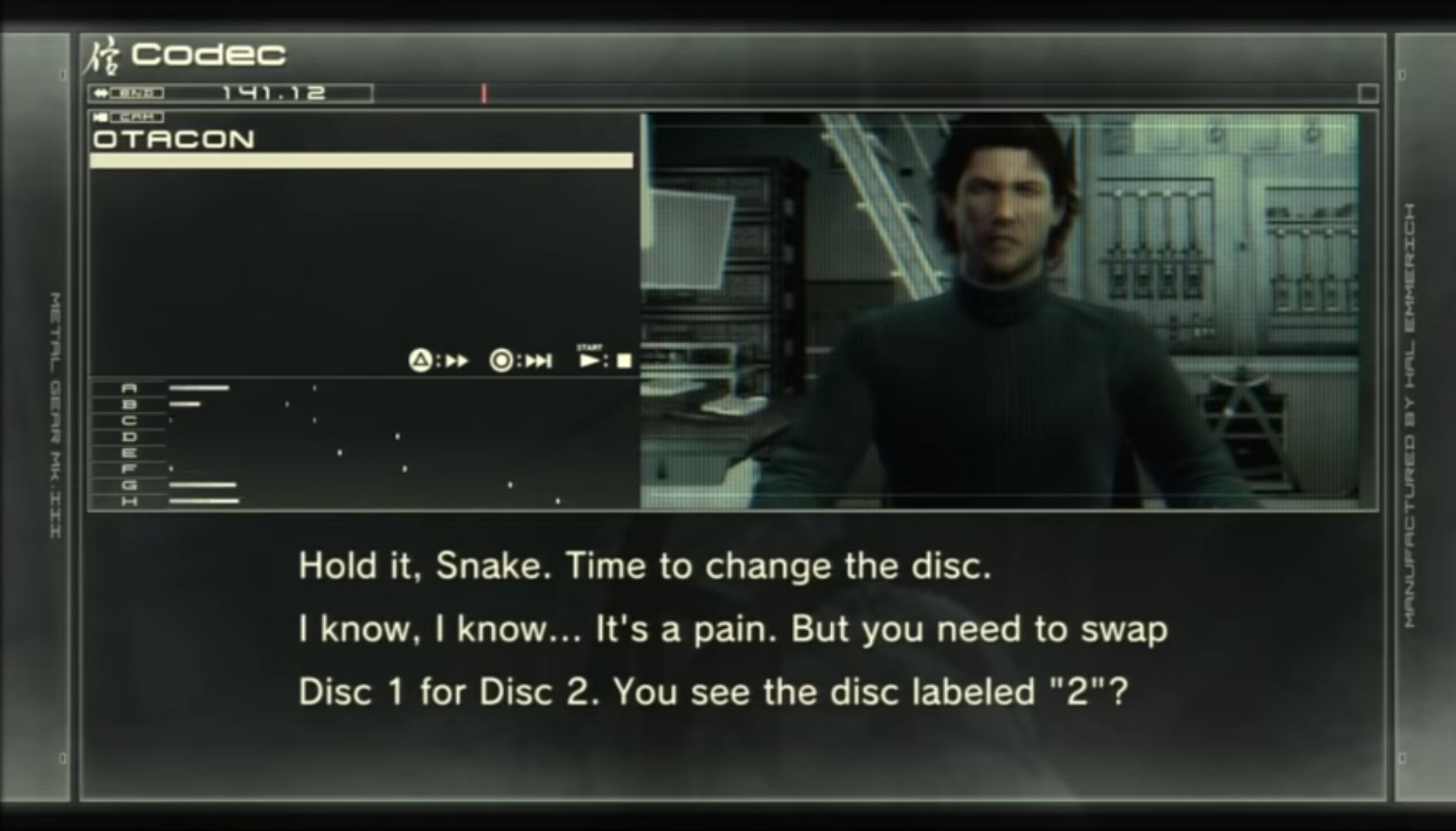
Rather than abruptly end the adventure at a point where they thought the audience would be dissatisfied, they plowed through with the story by telling it through a series of monologues where main characters sat on a chair in a dark room and explained the events of the story to the audience. What would’ve been massive dungeons and exciting set pieces went by in a flash, and we only regained control of the action for a small percentage of the back half of the game. No discussion of Xenogears is complete without asking the other party, “So about disc two…”
While a lot of Square’s PS1 games unfolded across multiple discs, they all didn’t handle the transition as elegantly as Final Fantasy VII or as memorably as Xenogears. Take Parasite Eve, for example. The sci-fi horror story set in contemporary New York City remains a unique take on the JRPG genre, but its disc swap occurs almost arbitrarily and not until the start of the final act.
Sometimes the existence of multiple discs made perfect sense, like how Resident Evil 2 on PS1 housed Leon’s campaign on one disc and Claire’s on another. Other times they were frustrating, like how Legend of Dragoon made you jump back and forth between discs if you wanted to backtrack to earlier areas of the game. And then there were the beefy boys like the Myst sequel Riven and Tokimeki Memorial 2, both of which came on a whopping five PS1 CDs.
There are also some transitions that have almost been lost to time, like that of the original Resident Evil 4. In the GameCube version, you’d hop over to the second disc near the laboratories on the island, which are about three-quarters of the way through the adventure. However, in pretty much every subsequent port, remaster, and remake of the game – and there have been a lot of those – there was no need for the story to be broken up like that, meaning that the adventure is seamless most places folks played it.
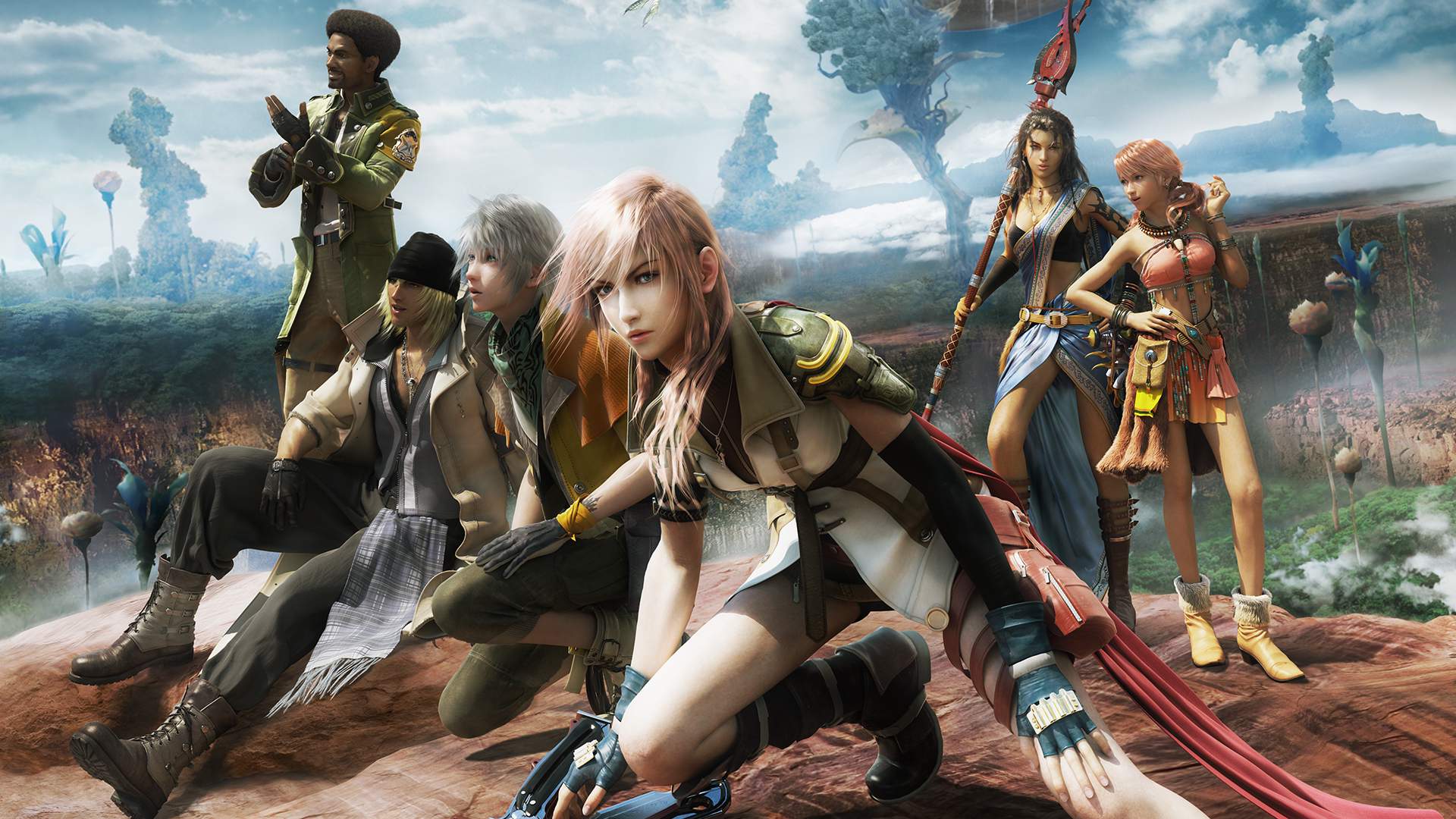
As the console generations moved on, the increase in storage capacities both internally and on the media themselves resulted in fewer and fewer multi-disc games. While there were some longer Xbox 360 games like Final Fantasy XIII and Lost Odyssey that were spread across several discs, we also started to see some games like Grand Theft Auto V on 360 use its second disc for a mandatory install, or Resident Evil 6 and its second disc containing other languages.
Over the past few generations, the mystique of the multi-disc game has worn off, and in the rare chances they still exist, it usually just means that you have a major install waiting in your future. That’s the case with recent PlayStation 4 games spread across two Blu-ray discs, like Final Fantasy VII Remake, The Last of Us Part II, God of War Ragnarok, and Horizon Forbidden West. There’s no fashion to the separation anymore, only function.
In the age of digital and streaming media, it’s funny to look back nostalgically at a time when things were more complicated for the user. But there’s something about the tangibility of multi-disc games that helped strengthen the sensation of scope, and it was a feeling that was shared across mediums as well – I have fond memories of watching the extended editions of The Lord of the Rings trilogy on DVD and having to swap discs halfway through because of the sheer length of the adventure.
I may very well be alone in missing an experience so big that it needed a built-in intermission. And who knows, maybe there’s something we take for granted in modern games that we’ll be looking back on decades from now with rose-tinted nostalgia goggles? My money’s on hidden loading screens where you have to squeeze through a narrow gap. Someday, we’re going to miss shimmying through those crevices.

